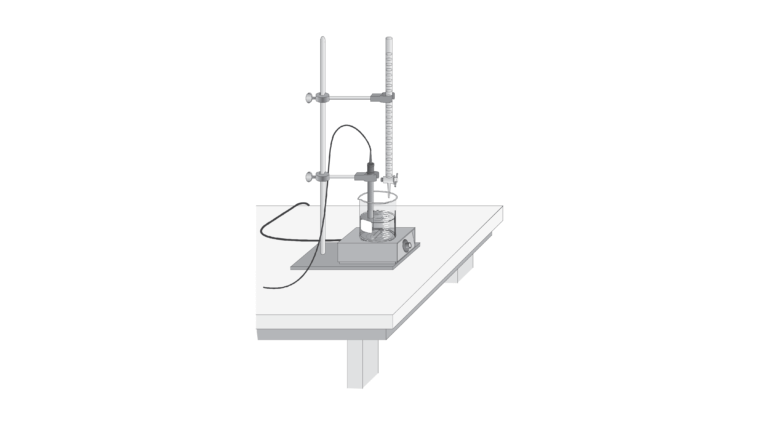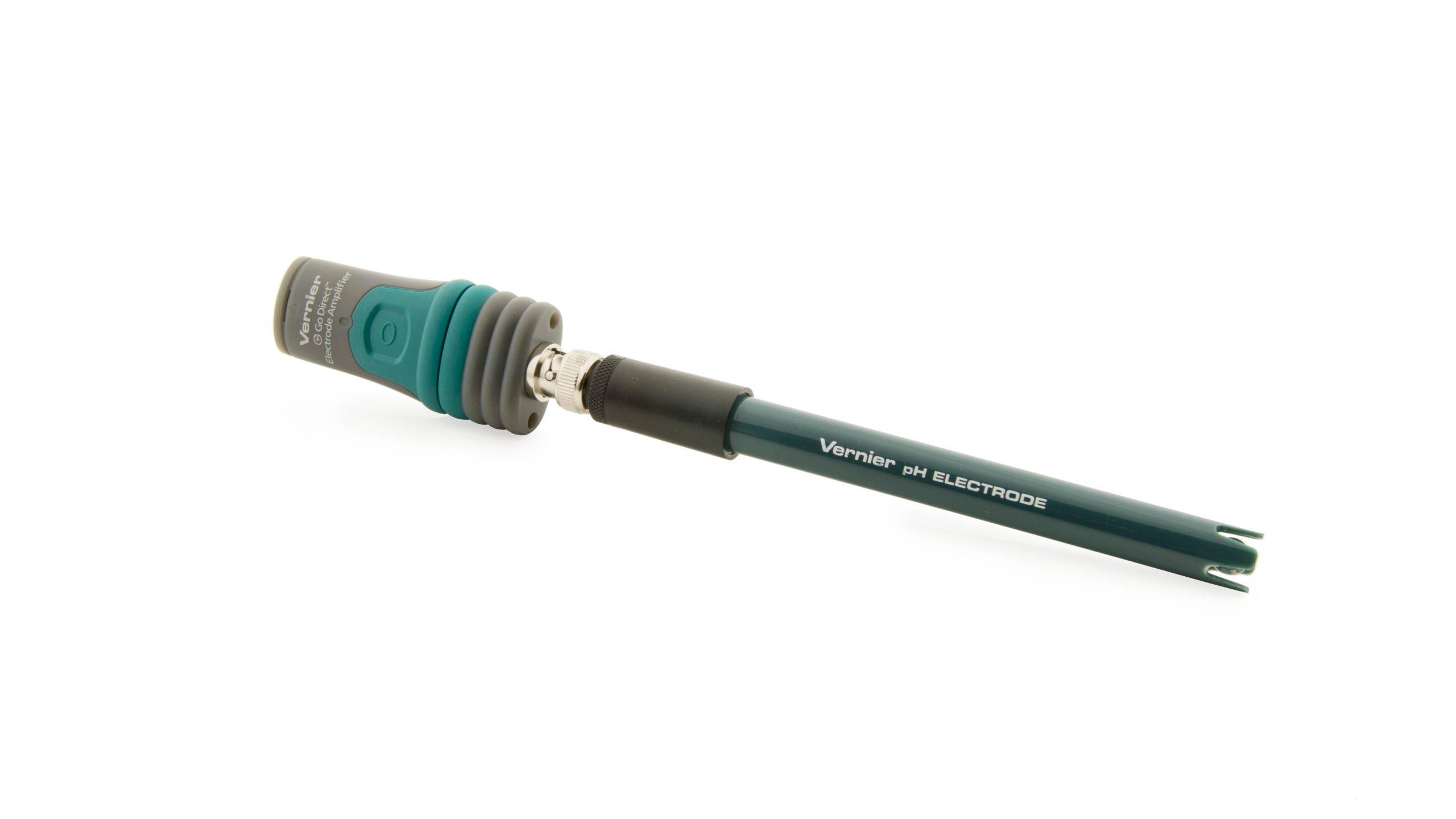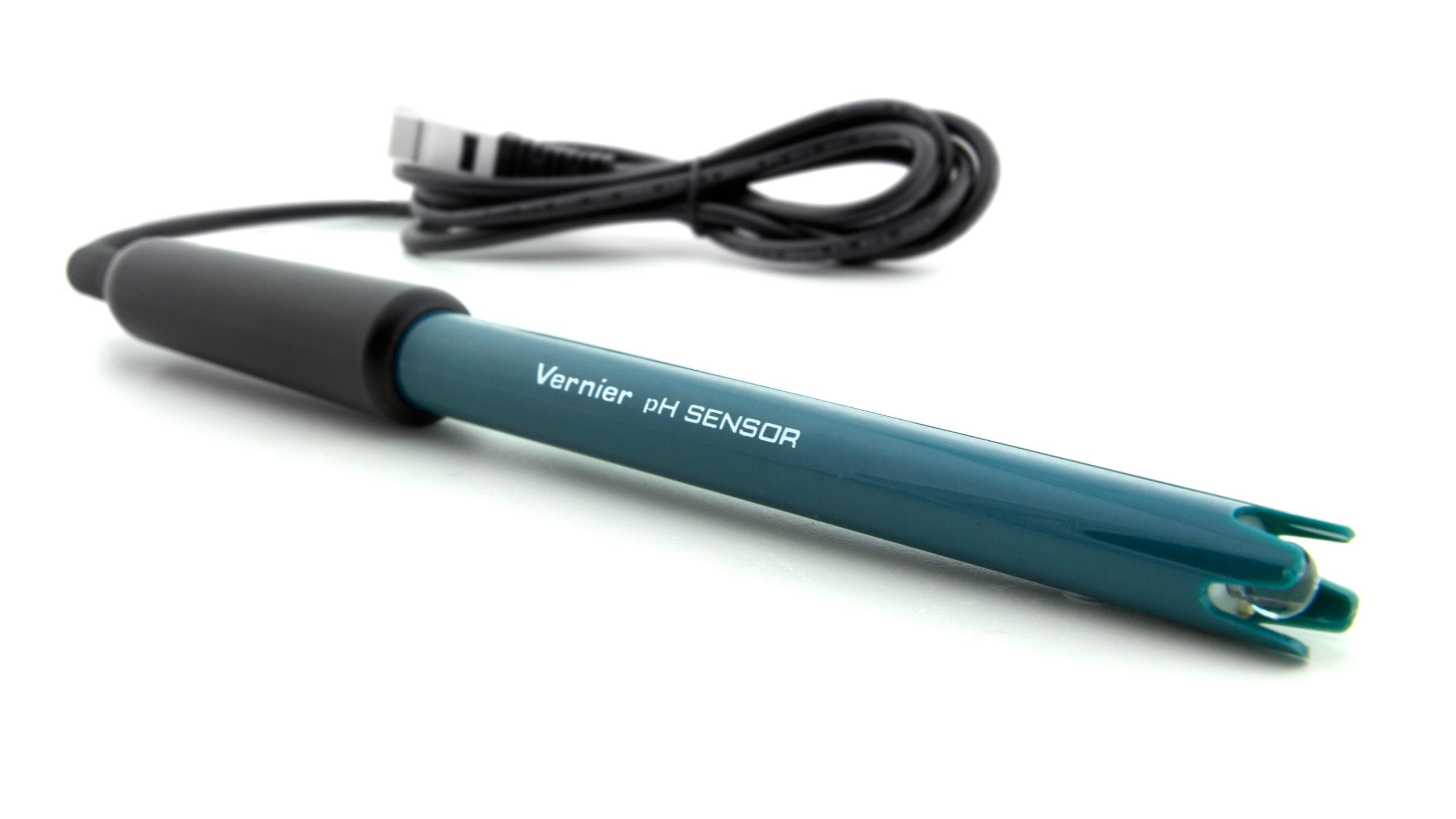
Introduction
Calcium hydroxide is an ionic solid that is sparingly soluble in water. A saturated, aqueous, solution of Ca(OH)2 is represented in equation form as shown below.
The solubility product expression describes, in mathematical terms, the equilibrium that is established between the solid substance and its dissolved ions in an aqueous system. The equilibrium expression for calcium hydroxide is shown below.
The constant that illustrates a substance’s solubility in water is called the Ksp. All compounds, even the highly soluble sodium chloride, have a Ksp. However, the Ksp of a compound is commonly considered only in cases where the compound is very slightly soluble and the amount of dissolved ions is not simple to measure.
Your primary objective in this experiment is to test a saturated solution of calcium hydroxide and use your observations and measurements to calculate the Ksp of the compound. You will do this by titrating the prepared Ca(OH)2 solution with a standard hydrochloric acid solution. By determining the molar concentration of dissolved hydroxide ions in the saturated Ca(OH)2 solution, you will have the necessary information to calculate the Ksp.
Objectives
In this experiment, you will
- Titrate a saturated Ca(OH)2 solution with a standard HCl solution.
- Determine the [OH−] for the saturated Ca(OH)2 solution.
- Calculate the Ksp of Ca(OH)2.
Sensors and Equipment
This experiment features the following sensors and equipment. Additional equipment may be required.
Option 1

Option 2

Ready to Experiment?
Ask an Expert
Get answers to your questions about how to teach this experiment with our support team.
- Call toll-free: 888-837-6437
- Chat with Us
- Email support@vernier.com
Purchase the Lab Book
This experiment is #23 of Advanced Chemistry with Vernier. The experiment in the book includes student instructions as well as instructor information for set up, helpful hints, and sample graphs and data.

